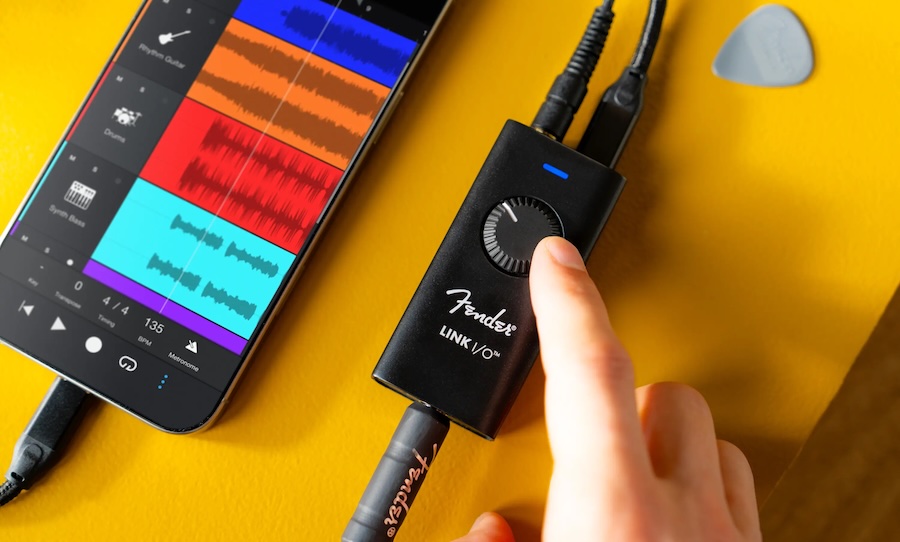The Suburbs was Arcade Fire’s conceptual magnum opus, catapulting them to a new level of global recognition. Let’s explore how it came to be.
As the nineties became the noughties, a ridiculously broad swathe of music called ‘indie’ rose to prominence. Though most of the bands that were swept up in the trend have long since vanished from consciousness, Arcade Fire managed to transcend the stylistic norms of indie to become a globetrotting behemoth. The Suburbs, the band’s third album was the catalyst for this ascension.
On the back of two albums that fused rock, folk and orchestral sensibilities, The Suburbs (released in 2010) simultaneously sublimated these influences and broke free of their shackles. It was the album that saw the seven-piece take on their broadest sound palette and elevate them to a new level of recognition. 
The concept behind The Suburbs
Albums from Arcade Fire didn’t exactly come thick and fast before The Suburbs, but the band—headed by Win Butler and Régine Chassagne—are prolific songwriters. In crafting their concept album, they whittled down thirty or more potential tracks. The album in its finished form spans more than an hour, but somehow still feels tight and economical, as it revolves around the suburban childhood of Win Butler and Will Butler on the outskirts of Houston, Texas.
And though The Suburbs arrived at a time before streaming had altered the way we listened to music, it was a product of an anachronistic ‘album’ band. Funeral and Neon Bible had garnered critical acclaim in their entireties, but the band hadn’t enjoyed significant cut-through on the back of singles. That all changed with The Suburbs.
The explosion of the album’s popularity wasn’t due to any marketing masterstroke, nor a change-up in the production team. The record was produced by the band in conjunction with Markus Dravs, who had worked with the band on Neon Bible. The band didn’t relocate to more a more conducive to recording environment like Los Angeles, instead, they preferred to track the album in some familiar Montreal haunts, their countryside studio, and New York City’s The Magic Shop—the venue that hosted the sessions for David Bowie’s final album, Blackstar.
Sonic evolution
The band’s own digs, Petite Eglise, was also where they completed much of the recordings for Neon Bible. The sound of that record is typified by a spaciousness—you can hear the sound clattering off the timber walls. Though it was the venue for a portion of The Suburbs’ tracking, the new sound didn’t reflect the converted church’s acoustics.
On singles like Ready To Start and the album’s title track, the tone is slick, tight and compressed. Essentially, more emblematic of commercial indie rock. But the method was quite in line with Arcade Fire’s traditions with live recording being the order of the day. Engineer Mark Lawson explained the basics in an interview with Universal Audio, “We tried to get as much of the live feel as possible. Later on we overdub things individually, and change things up. But for the most part, I would say, it’s live off the floor.”
In the same interview, Lawson went onto talk about his microphone choices, “I used a lot of tube condenser mics, of the old variety. We also used these Lomo tube mics from Russia. I really like those. They sort of look like a James Bond kind of weapon, and they sound really great.”
Making sense of it all
The emphasis on live performances, the harnessing of spill, spontaneity and prioritising of analog gear transferred to the mix phase of the project as well. The band truly met their match in Craig Silvey, a U.K.-based mixing engineer who came to mix the record in Montreal’s Frisson studio.
Despite having the means to go completely over the top in the recording phase, using analog consoles and tape machines set a hard limit on what the band could put down on tape. But even with these restrictions, the sessions were massive—and being committed to using mixing desks rather than doing everything in the box—Silvey had to come up with some novel solutions.
“I not only mixed on the Neve at Frisson, but also the McCurdy, and at times I also had a Neve BCM10 sidecar and a Quad Eight going!” Silvey told Sound On Sound, “At one point we had six engineers working on a mix! Because we didn’t have automation, I did stems of the drums, the bass, the guitars, and so on for each song after each first mix pass.”
In an age where many mix engineers prefer to work exclusively in the box, the process of recording the mixing The Suburbs comes from a different era. All seven members of Arcade Fire bring a wealth of talent on multiple instruments and the inherently unwieldy process created a mass of musical material, all of which had to be streamlined to form a cohesive whole.
The results speak for themselves. Topping the charts in several countries The Suburbs went onto win the Grammy Award for Album of the Year in 2011. It’s the sweetest vindication for a self-proclaimed ‘album’ band, who’s definitely not afraid to do things their own way.


